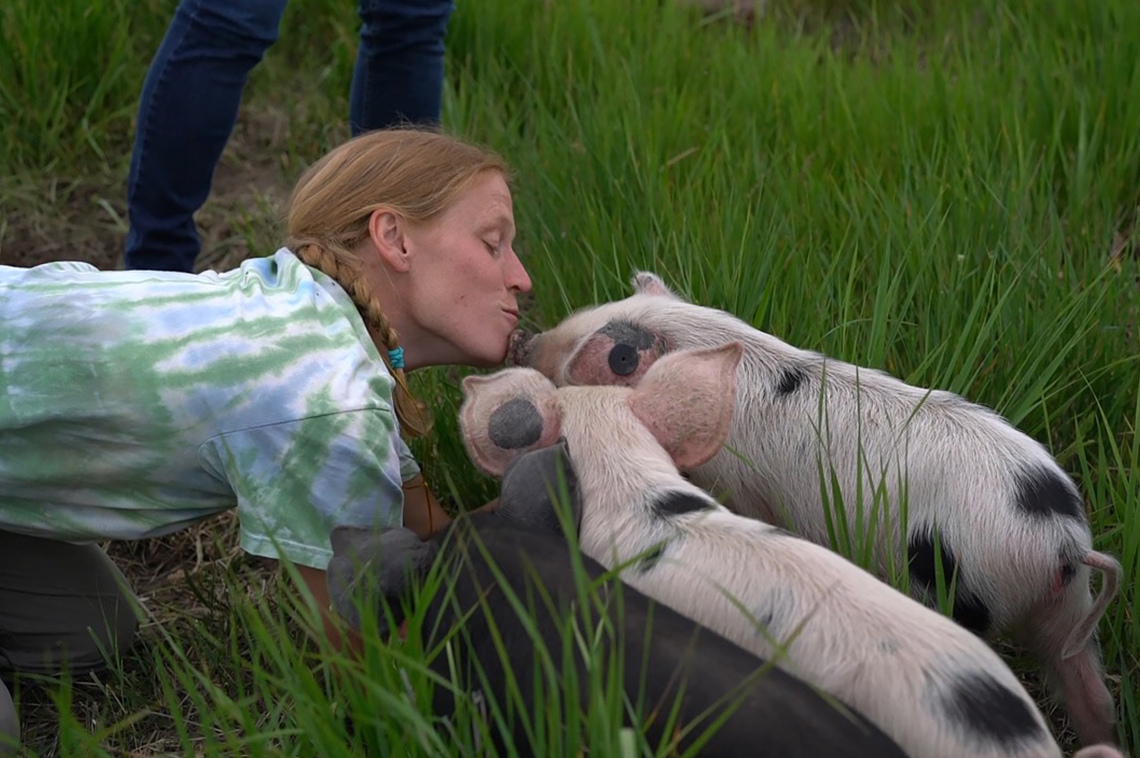
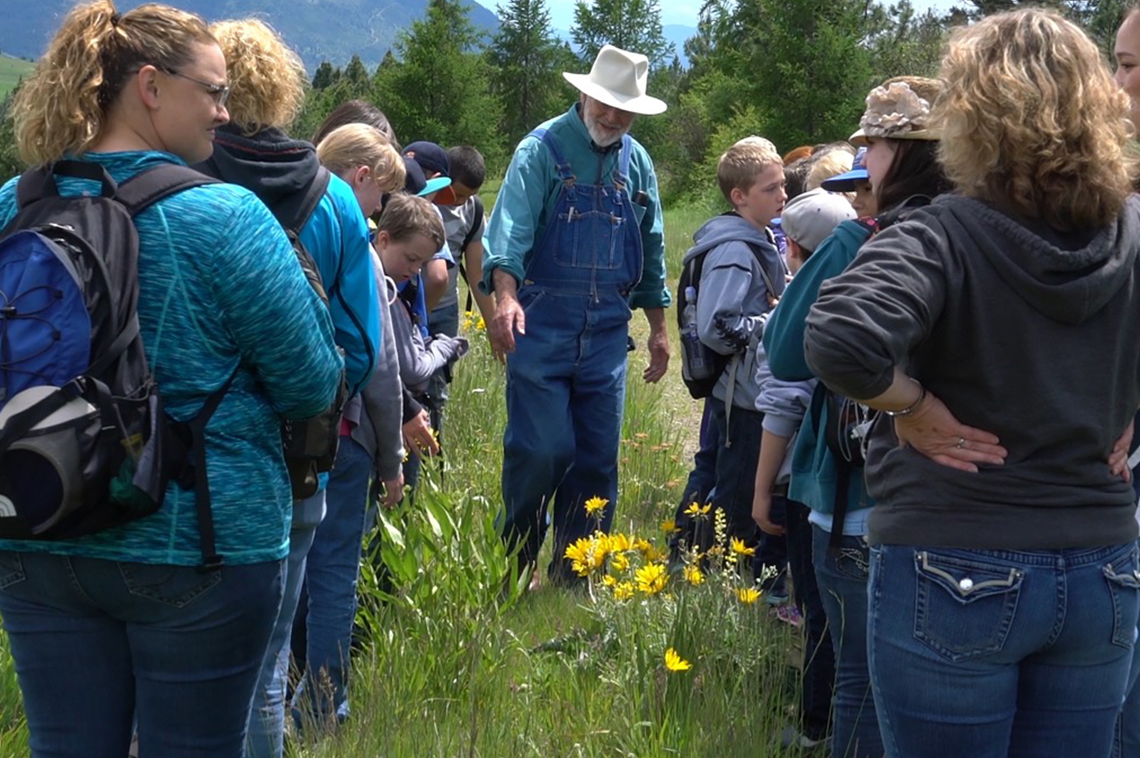
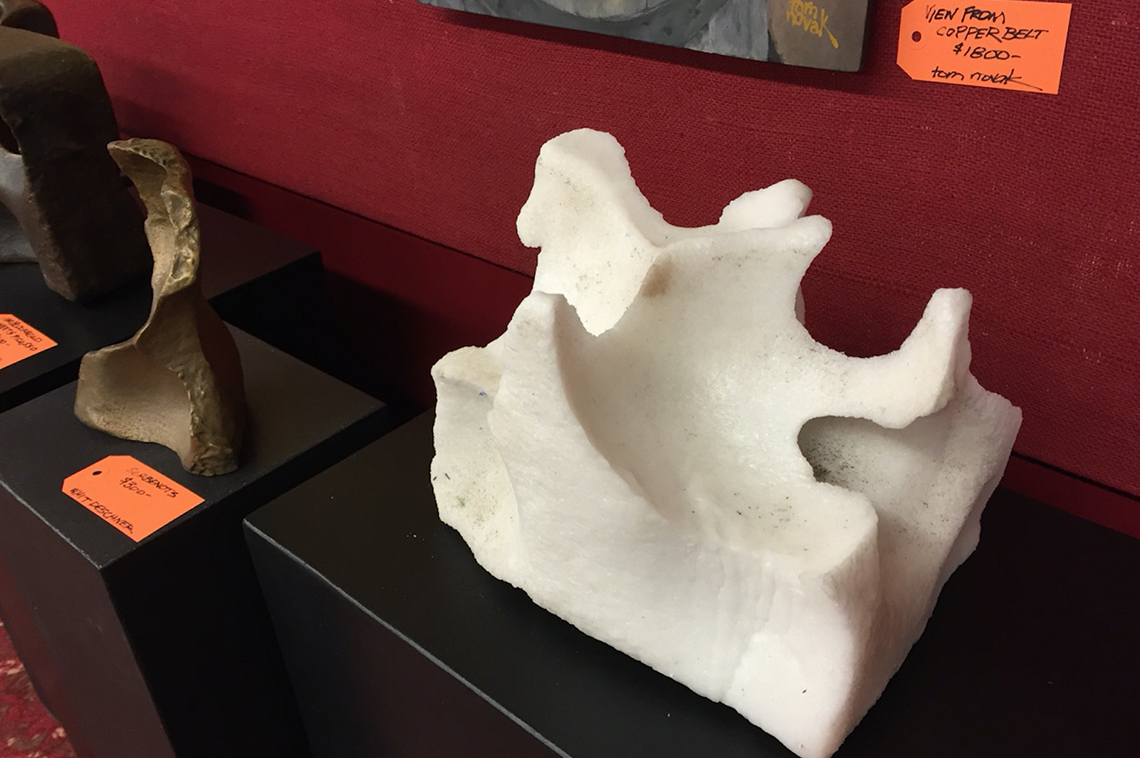
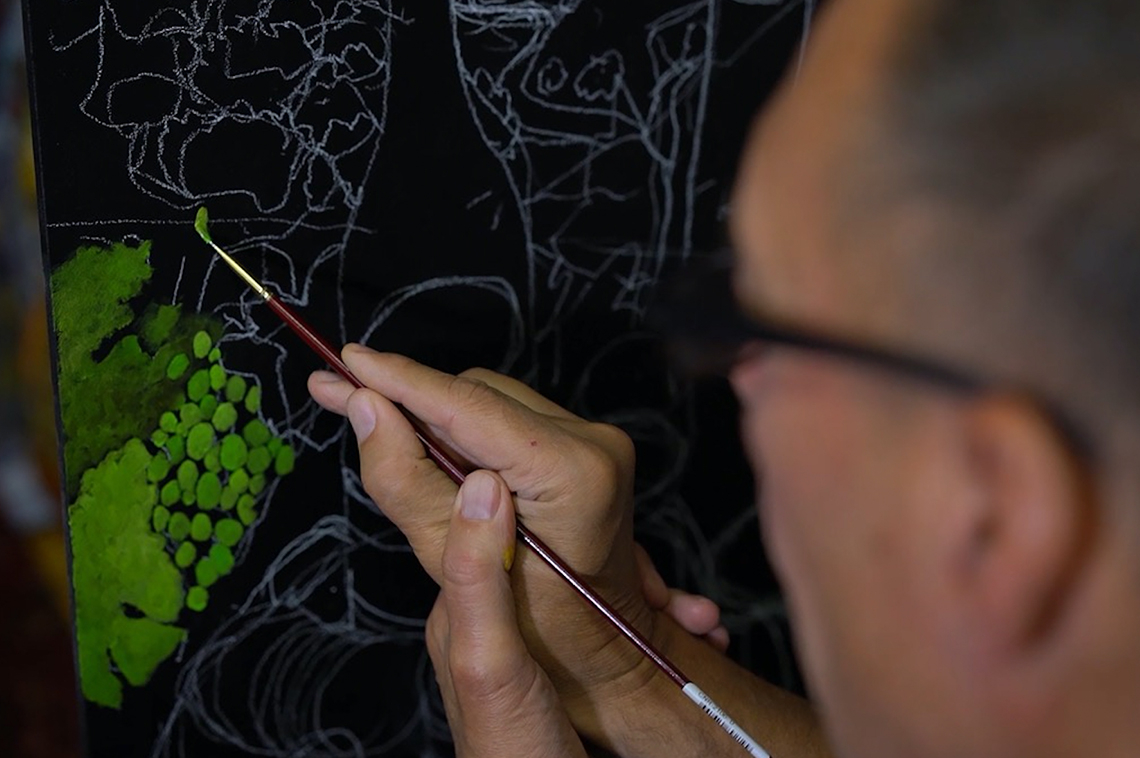
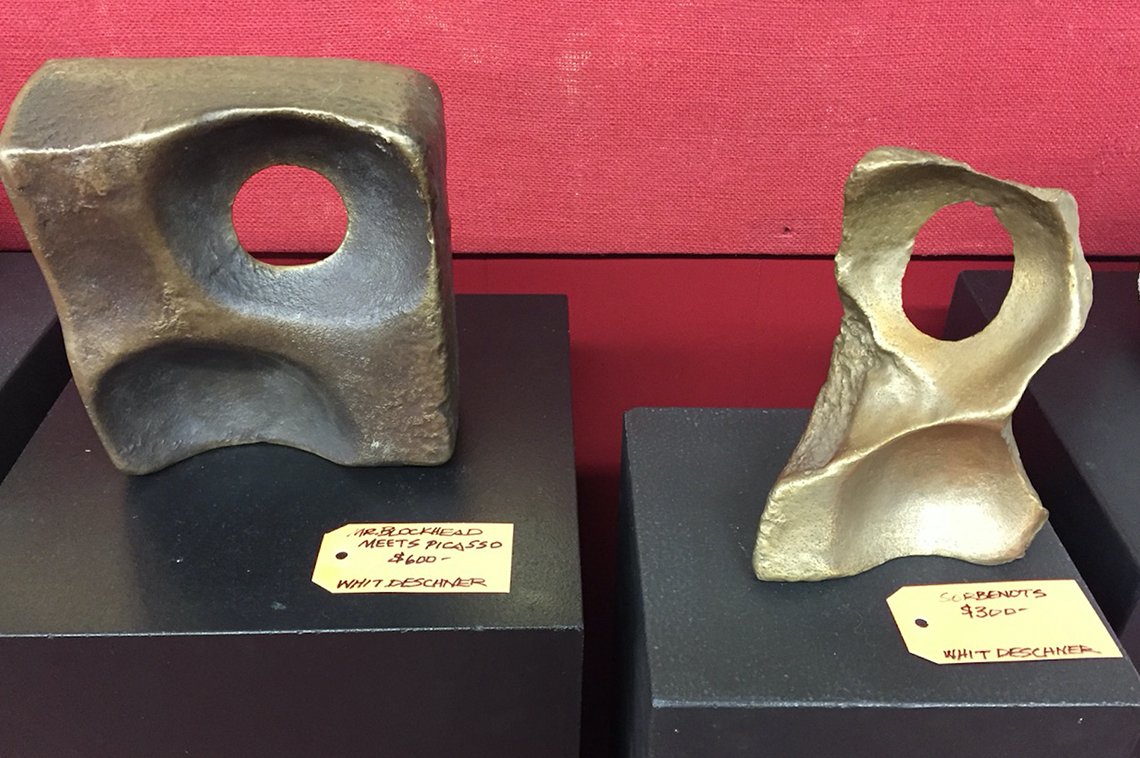
In July of 2015, I was approached by Perry Stokes of Libraries of Eastern Oregon, (LEO) and the Director of the Baker County Library District, about an arts program that was being funded through ArtPlace America. My first question was not about the program, but about the budget. Anyone in the library world knows too much about having to make miracles happen with little or no money, and as a full-time artist and part time event organizer I wasn’t interested in adding another volunteer job to my plate at the time. However, anything arts related peaks my interest and so I wanted to know more.
The budget was $250,000, Perry informed me. “Where do I apply?” I said knowing I would need to find a balance between this project and all the others I was currently involved with. Thankfully this would have a good budget to work with.
If you didn’t know, LEO is the nation’s largest geographic library consortium and the goals were to help impact conversation with local governments and national agencies about how the arts benefit rural economies. The consortium includes 15 counties and over 50 libraries in Oregon. From Hood River to Ontario and Baker City to Lakeview, and just about everywhere in between with a few exceptions in central Oregon.
This would be a huge undertaking and tremendous opportunity for rural Oregon, now the question was what should we tackle first? Create a timeline? Create a strategy? Redesign the LEO website? Contact potential presentation artists/speakers? Schedule programs? Hire regional coordinators? We did all those things, but not necessarily in that order. When all was said and done the projects and presentations were amazing.
Shelley Toon Lindberg and Scotia Bauer of Arts in Education in the Gorge were hired as contractors for presentation scheduling and graphic design, and Jonathan McMills was contracted for our website redesign. The team was amazing to work with because of their connections to the art world regionally and nationally, as well as their sense of purpose and design skills.
The library presentations and workshops were the easiest things to tackle, but what ArtPlace was looking for from LEO was more than just arts related workshops to be held at libraries. They wanted us to make a difference in our communities through the arts. So, here’s how we went about that larger goal with the film project titled “Harvesting Our Stories”.
The goal of HOS was to pair artists with agricultural producers and tell the stories of how these two seemingly different occupations have a great impact on our states rural economy and how to make them work together for stronger and more vital communities.
“I developed the concept of Harvesting Our Stories after the Columbia Gorge Health Council identified food insecurity as the most notable issue affecting our community’s overall health. The Columbia River Gorge boasts a well spring of farmers and artists and community-minded people who work together to build a healthy community. All of these people have stories to share that we can all learn from. Hood River County alone has over 7,000 acres of orchards and other farms-- which made it difficult to fathom that people were hungry here. One in five people are skipping meals or worried about their next meal. After talking to people who are involved with this issue, I understood that it’s not that there’s not enough food, it’s more of an issue of getting the food to the people who need it. Hunger is not an easy issue to address, but I knew that if more people in our community knew the statistics around food insecurity in the gorge, they would want to help. I know the arts have a way of softening difficult issues and making it easier to address them --giving voice to those who might not typically speak and shining a light on the dark and beautiful places that expose our humanity. Utilizing film as the art medium was the obvious choice. I contacted film-maker, David Hanson because of work he has done around food. He was game. His films have a way of capturing the vastness of a landscape and raw human emotion with a poetic simplicity and humility that draws in the viewer. Simply put, he helps people tell their stories. Seeing it all come together was immensely satisfying. Sharing our stories, talking to one another, finding our own humanity in the stories of others – it matters. It leaves a lasting mark on the community and hopefully changes it for the better.” – Shelley Toon Lindberg
In Hood River, Wasco and Sherman counties David Hanson worked with five farmers and five artists from August thru September 2016 to talk about the issue of food insecurity. “Everyone was enthusiastic about the project. There was a great sense of collaboration among the farmers and artists whose work rarely overlaps.” said Hansen. Artist MacRae Wylde was blown away by the vastness of Brad Anderson’s wheat farm. He picked through Anderson’s old tractor parts like they were some form of naturally weathered folk art, which Wylde used to create sculptures which he called “Harvest Totems”.
"In my humble estimation, it was a valuable investment of arts funding because it gave the audience a mirror to look into, that allowed them to see something special which was the diversity, depth and quality of people in the community which they live. "
Chelsea Heffner went with Hanson to observe Bridgette and Sean McConville clean their overnight salmon harvest along the banks of the Columbia. “We were both blown away by the efficiency and effort it takes to net and process so many giant fish by hand.” explained Hanson.
“Watching Bridgette work, seeing her connection to the fish and the river made me realize how the work she does is so much more than a job. It’s a connection to her lineage, to strong and powerful women who have come before her and to her rights as a Treaty Tribe member to fish in the Columbia River. Watching her bead, seeing her artwork and hearing about her basketry and materials gathering had a profound impact on my piece. ‘Columbia Traditions’ was drawn by hand; taking formal reference from traditional Columbia Plateau beaded purses, and screen printed to create a series of multi-colored prints.” --Chelsea Heffner
In Baker County, a series of four films with artists and farmer were created from June till September by filmmaker Kathleen Kiefer with the goal of showcasing how art and new forms of agriculture are taking shape to keep the local economy thriving.
“Each pairing of artist with “harvest-makers” unfolded in a natural way, especially with Tom Novak and Travis Cook and Amy Young and SK Cothren whom had never met before. Though meeting for the first time with a camera documenting what happened, the encounters were natural and meaningful. In the case of Sandra Ford with Rob and Linda Cordt and Whit Deschner and the ranchers, there was a comfortable familiarity. I loved this project - probably one of the most fun I have ever been involved with. I loved it because the people involved were all so amazing, so talented, so passionate and sincere. It really doesn’t get better than being around people who care deeply about what they do and being able to portray their passion to an audience who appreciates them. The project was unusual, heartfelt and revealing. Based on the audience reaction at the screening, it was also worthwhile. In my humble estimation, it was a valuable investment of arts funding because it gave the audience a mirror to look into, that allowed them to see something special which was the diversity, depth and quality of people in the community which they live.” – Kathleen Kiefer, director and producer
“When I hear about pigs in confinement, it’s sad. These pigs are happy. They get to root around and eat grass and be silly. I’ve got 16 pigs here. That’s potentially 16 families that I can feed with good, happy, clean pork. This brings me ridiculous amounts of joy. I love really nothing more than being with my family and being with my pigs. Artists blow my mind. I look at it and I think, ‘Oh that would be simple,’ and then it’s like, no, it’s not. There’s so much in this (painting). I don’t think abstractly, so it was really rad to see myself and my farm in an abstract way. Like taking my farm outside the box. I hope that people see the film and get inspired to find art and love and passion in their own lives and start living outside the box that society tries to cram us in.” –Amy Young, Farmer
“What I want to do with Amy’s painting is really embody her character, her spirit and capture that in a way that doesn’t have eyes and a nose and a mouth but more the essence of who she is. When I think about Amy, I think of the way she thinks about the earth and the air and her animals and who she is and all of its connected in this circle and it flows out from there” – SK Cothren, Abstract Artist
The filmmakers in the eastern and western parts of the state worked to complete their films by harvest time so that they could be screened at a harvest celebration. In Hood River and dinner was held at the library with all the artist and farmers in attendance, with the meal consisting of the fruits, meats and fish of their labors. David Hansen also spoke about the process for him in capturing these stories and pairings and the artists all had their creations on display and for sale at the event.
In Baker City the films were screened at the historic Eltrym Theater, to a packed house on the Thursday at the beginning of the county’s harvest festival weekend. Each artist and agricultural producer were on hand to talk about the process with the audience. Kathleen Kiefer also worked with the Wallowa-Whitman National Forest to create 15, 60 second films, part of the Voices of the Forest project, about the importance of the Blue Mountains. All of these films were also screened and focused on the importance of the mountains to our region and the various users. These films helped create a dialogue of diverse users and the impact they have on forest management planning.
The Harvesting Our Stories and the Voices of the Forest by far had the largest regional and national impact as part of our ArtPlace America “Art Engage at the Library” we also had over 100 regional programs at libraries, theaters and schools during the 15 months of the project. Writers, painters, filmmakers and musicians all took time to share their talents and knowledge with the rural part of our state. Here you can view the films and see a sampling of the programs, plus we have a map of the region for arts and cultural organizations, galleries and individual artists.
This project had grand objectives and I’m proud to have been part of it and to see almost all of them achieved. I was personally inspired throughout and wish I could have taken part in every single event we offered. 2 years ago we started planning this and 10 months ago the last dollar was spent, people still talk about how the program affected them and their outlook or relationship to art. A big Thank You to ArtPlace America for taking a chance on the diverse rural agricultural regions in Oregon where art now is more front and center in people’s lives.





